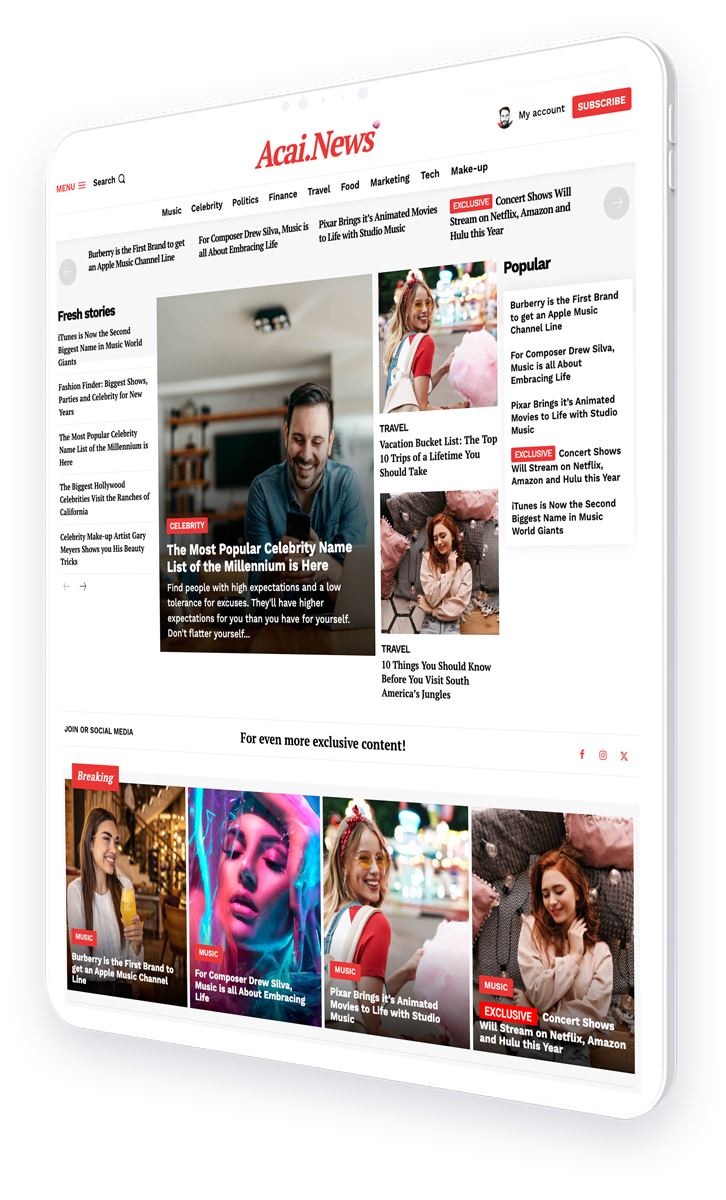Using semantic analysis to align each section of a magazine with user goals
Welcome to the cutting-edge intersection of technology and publishing, where semantic analysis is revolutionizing how magazines align their content with user goals. In this comprehensive exploration, we delve into the transformative power of semantic technologies in tailoring magazine sections to meet and exceed reader expectations, thereby boosting engagement and satisfaction.
- Introduction to Semantic Analysis in Publishing
- Understanding Semantic Analysis
- Benefits of Semantic Analysis for Magazines
- Case Studies
- Implementing Semantic Analysis
- Challenges and Solutions
- Future Trends in Semantic Publishing
- Conclusion
Introduction to Semantic Analysis in Publishing
Semantic analysis represents a significant leap forward in how digital content can be optimized to meet specific user needs. By understanding the deeper meanings and relationships within text, publishers can create highly targeted content strategies that resonate with their audience on a more personal level.
Understanding Semantic Analysis
Semantic analysis involves the process of understanding the meaning and interpretation of words and phrases within context. This technology leverages natural language processing (NLP) and machine learning to dissect and comprehend the nuances of language used in magazine content.
- Text mining for theme identification
- Contextual meaning extraction
- Content categorization and tagging
By employing these techniques, magazines can dynamically align their articles, features, and sections with the evolving interests and preferences of their readers.
Benefits of Semantic Analysis for Magazines
The integration of semantic analysis into magazine publishing brings numerous advantages:
- Enhanced User Personalization: Tailoring content to individual preferences leads to increased reader engagement and loyalty.
- Improved Content Discovery: Semantic tagging helps in better categorization, making it easier for readers to find relevant content.
- Strategic Content Development: Insights from semantic analysis enable editors to identify trending topics and gaps in content.
Case Studies
Several leading publications have successfully integrated semantic analysis to align their content with user goals. For instance, a well-known lifestyle magazine used semantic technologies to segment their audience and tailor their content, resulting in a 30% increase in online engagement. Another case involved a sports magazine that utilized semantic analysis to dynamically adjust its content based on trending topics, significantly boosting its subscription rates.
Implementing Semantic Analysis
Implementing semantic analysis requires a strategic approach:
- Choosing the right technology and tools
- Training the model with relevant data
- Integrating semantic capabilities with existing content management systems
It is crucial for publishers to partner with technology providers who have expertise in NLP and semantic analysis to ensure a smooth transition and effective implementation.
Challenges and Solutions
While the benefits are clear, the path to integrating semantic analysis is not without its challenges:
- Data Quality and Quantity: Ensuring high-quality, ample training data is essential for effective semantic analysis.
- Technology Integration: Seamlessly integrating new technologies with existing systems can be complex.
- Staff Training: Equipping staff with the necessary skills to utilize new tools is crucial for success.
Addressing these challenges requires a well-planned strategy that includes robust training programs, quality data acquisition, and choosing the right technological partners.
Future Trends in Semantic Publishing
The future of semantic publishing looks promising with advancements in AI and machine learning. Innovations such as predictive analytics and AI-driven content customization are expected to further enhance the capability of magazines to meet user expectations.
Conclusion
Semantic analysis is not just a technological upgrade but a strategic necessity for magazines aiming to stay relevant in a digital age. By aligning each section of a magazine with user goals through sophisticated semantic technologies, publishers can ensure enhanced reader engagement, increased loyalty, and ultimately, higher revenue streams.
As we continue to witness advancements in this field, the potential for creating deeply personalized and engaging content is boundless. Embracing semantic analysis is, therefore, imperative for any forward-thinking magazine publisher.
For more detailed insights on semantic analysis, visit IBM’s comprehensive guide on semantic analysis.




